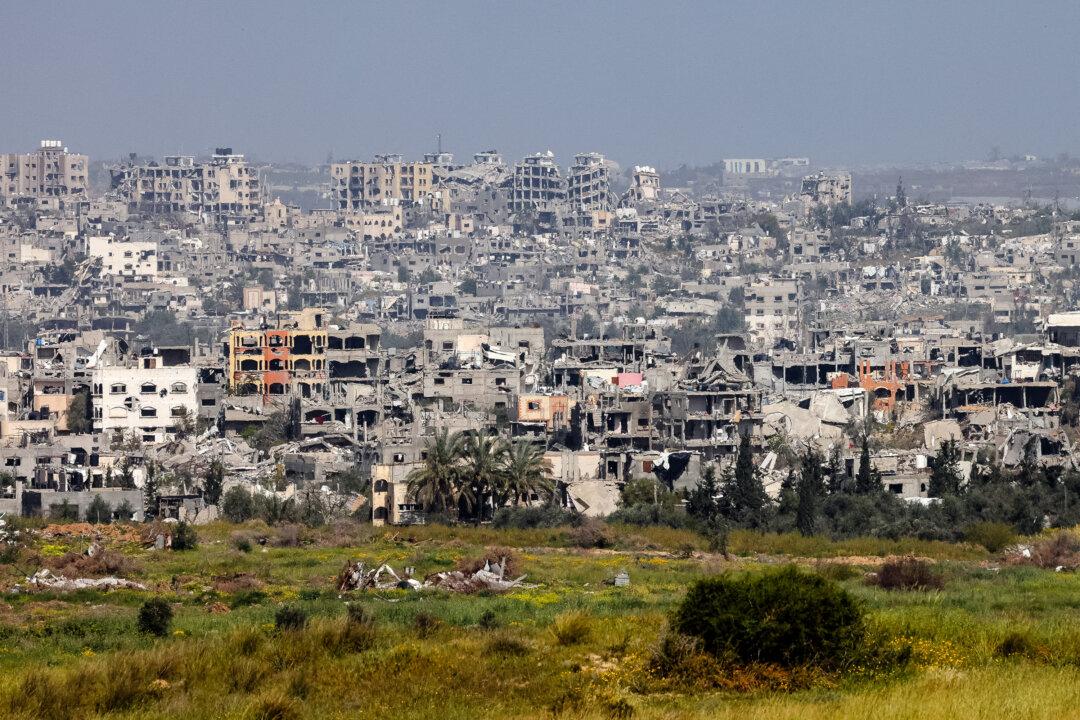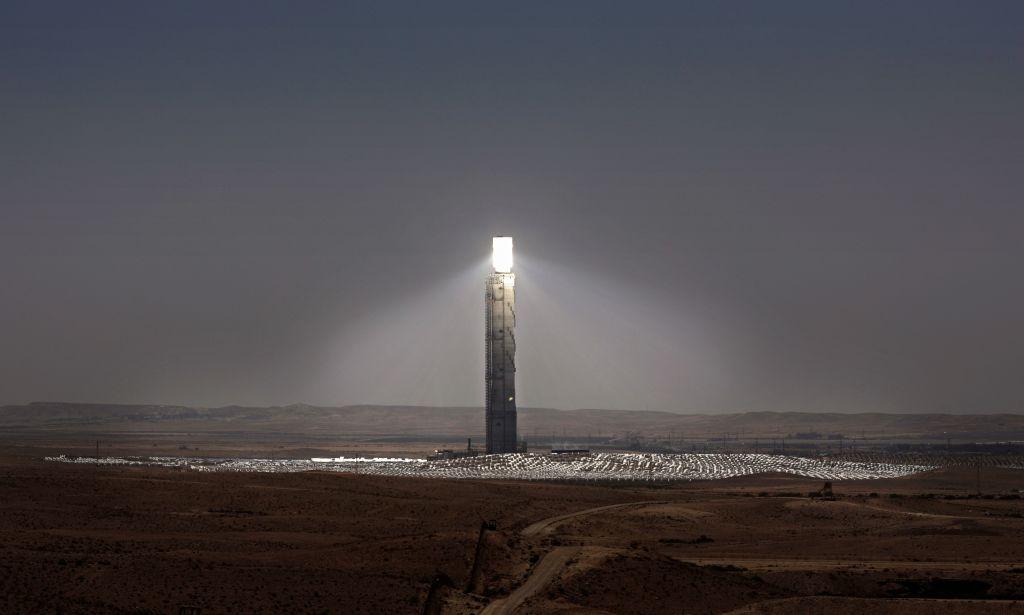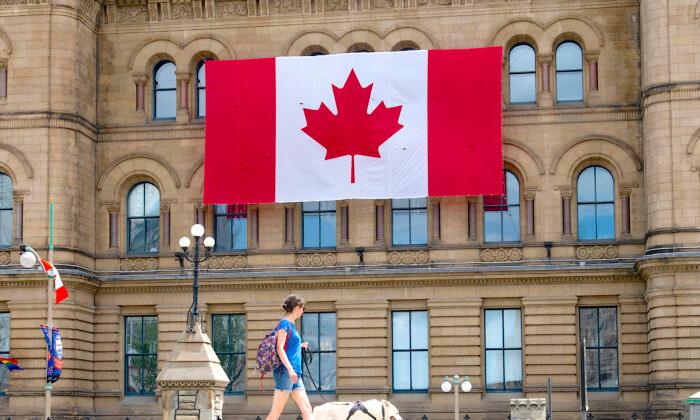A three-stage plan over the next decade or two could catapult Gaza into a manufacturing center and international trading hub.
Commentary
The Biden administration for months has demanded that Israeli Prime Minister Benjamin Netanyahu provide a vision for
how Gaza would be governed and rebuilt after the war. Mr. Netanyahu has now given President Joe Biden what he wants, through a
three-stage plan that over the next decade or two could catapult Gaza into a manufacturing center and international trading hub.
Gaza 2035, as the nascent plan is known in Israel, may seem a fantasy to most, but it isn’t far-fetched in the jet-setting world of international development agencies and the corporate interests that swoop in after wars and natural disasters. Similar plans for Gaza’s economic development were in the works before Mr. Netanyahu unveiled his vision.
As The
New York Times reported in April, “More than two dozen people drawn from influential institutions across the Middle East, Europe and the United States gathered in a conference room to ... plan for the reconstruction and long-term economic development of Gaza.”
The institutions—which included the World Bank, consulting firm McKinsey & Company, and Middle Eastern financial and construction companies—aimed “to eventually transform Gaza from a place defined by isolation and poverty into a Mediterranean commercial hub centered on trade, tourism and innovation, yielding a middle class.”
Their high-sounding plan calls for turning lemons into lemonade by using the 30 million tons of rubble from bombed-out buildings to create an artificial island for a deepwater port. Along with a desalination plant and other infrastructure projects, it proposes “a degree-granting Technical University of Reconstruction in northern Gaza that would draw students from around the world,” a Palestinian film industry, and “a cutting-edge soccer stadium and the elevation of the existing soccer team to a more internationally competitive level.”
Mr. Netanyahu’s plan is both defensive and preemptive, designed to guard against Hamas’s return while optimizing economic benefits to Gaza and to a coalition of Arab countries friendly to Israel. To preempt environmental critics, it also proposes that New Gaza counter the greenhouse gas emissions that would inevitably result—Gaza’s development would be fueled by the
1 trillion cubic feet of natural gas estimated to lie offshore in its Mediterranean gas fields—through acres of solar plants in the neighboring Sinai desert.
In all three steps in Mr. Netanyahu’s plan, Israel would maintain security control over Gaza.
During step one, which occurs in the first year, Israel would maintain Hamas-free zones throughout Gaza to enable the Arab coalition to distribute humanitarian aid.
During step two, which occurs over the next five to 10 years, the Arab coalition would implement a Marshall Plan to oversee Gaza’s reconstruction, with Gazans increasingly assuming responsibility for administering Gaza.
Step three is open-ended as to time. In a best-case scenario, Gazans would have become deradicalized and accepting of Israel during the intervening decade. Israel has been gaining friends in the region, as seen in the Abraham Accords. Last year, the United Arab Emirates even built a synagogue to demonstrate “
UAE’s values of mutual respect and peaceful coexistence.”
Over time, as Gazans come to accept Israel as a neighbor, Gaza would transition to self-government, with the Arab coalition handing power to a local Gazan government or to a unified Palestinian government ruling both Gaza and the West Bank.
Peace and prosperity could then break out. The Netanyahu plan envisages an Egyptian–Israeli–Gaza free-trade zone on the Mediterranean to provide Saudi Arabia, UAE, and others unfettered access to Mediterranean ports via railways and pipelines.
Mr. Netanyahu’s proposal for a sovereign Gaza is informed by a previous disastrous attempt. His predecessor, Prime Minister Ariel Sharon, in 2005 pulled Israel entirely out of Gaza and handed the Palestinians the keys, along with an advanced greenhouse industry that supplied the EU with high-value fruits, vegetables, and flowers. The euphoric talk then had a newly sovereign Gaza capitalizing on its natural advantages to become the
Singapore of the Mediterranean, creating an affluent middle class that would want to make peace with Israel to protect its privileges.
The United States, the EU, and the U.N., among others, celebrated Mr.
Sharon’s “courageous decision” to further the peace process. The skunk at that celebration was then-Finance Minister Netanyahu, who
resigned in protest from the cabinet before the disengagement was ratified, to press his plea that the government “stop this evil” and not give the Palestinians “a huge base for terror.”
To the international community’s dismay, once Gazans had de facto sovereignty, they immediately
looted the greenhouses for parts and elected Hamas on its promise to eradicate the state of Israel.
Unlike the 2005 calamity, when Israel offered sovereignty to a terrorist state, this time around, the offer of sovereignty would be extended only after Gaza became free of terrorists and receptive to living side by side in peace with Israel. The onus for success would be on Arab countries, which would have a decade to persuade Gazans to reject hatred of Israel in favor of prosperity based on Gaza’s natural economic advantages.
In proposing his ambitious Gaza 2035 to supplant the schemes conjured up by the international development consortia, Mr. Netanyahu is initially focused on Gaza 2024. His proposal meets President Biden’s demand for a post-war plan, brings in Gaza’s Arab neighbors to share responsibility for defanging
a terror state they, too, abhor and buys time for Israel to finish the job of ousting Hamas from Gaza.
But his proposal also has an eye on the future. Without Hamas’s eradication, there would be no long-lasting peace for Israel, or for Gaza.
Views expressed in this article are opinions of the author and do not necessarily reflect the views of The Epoch Times.








